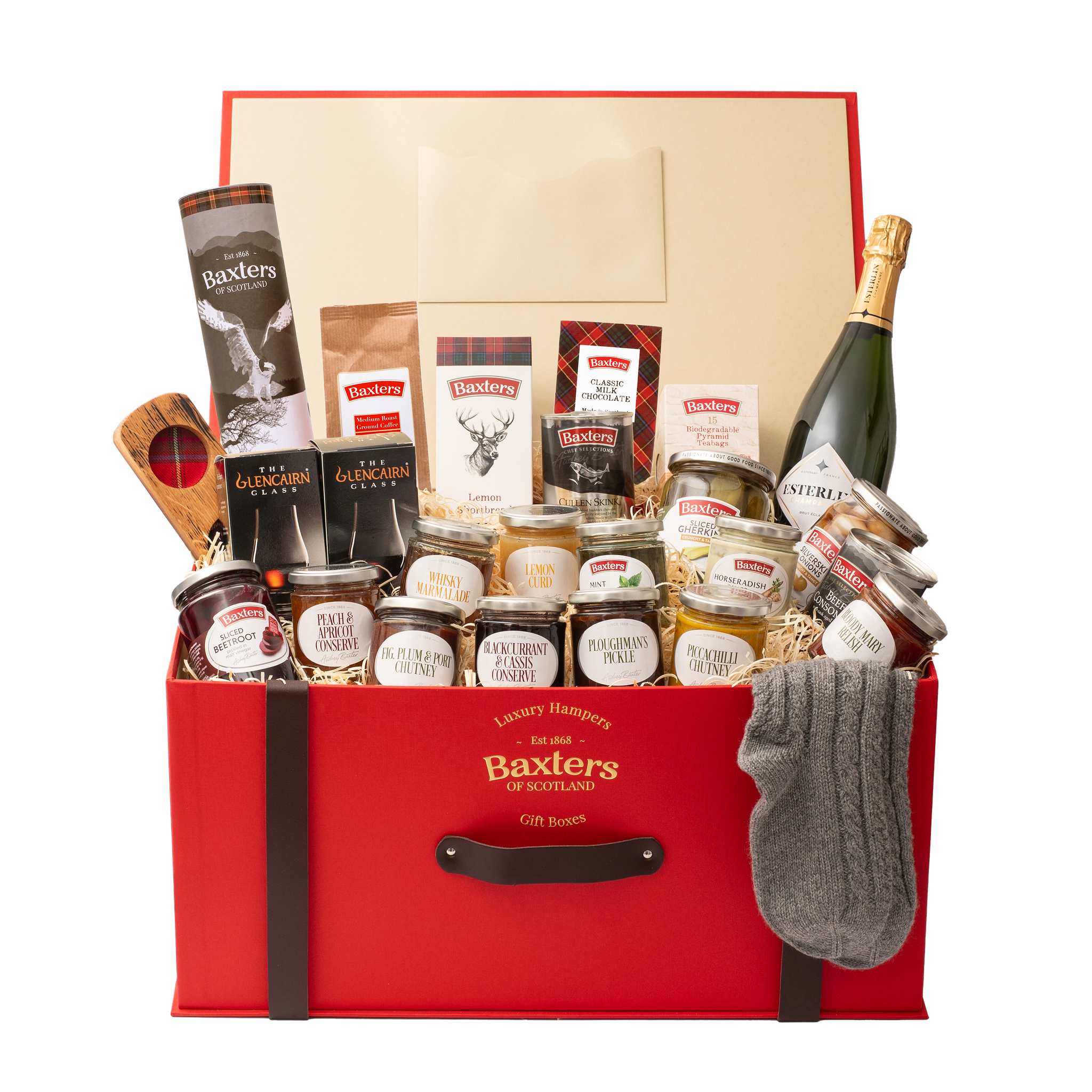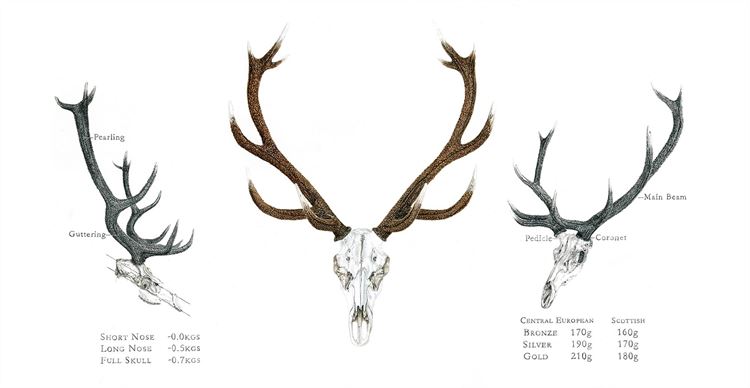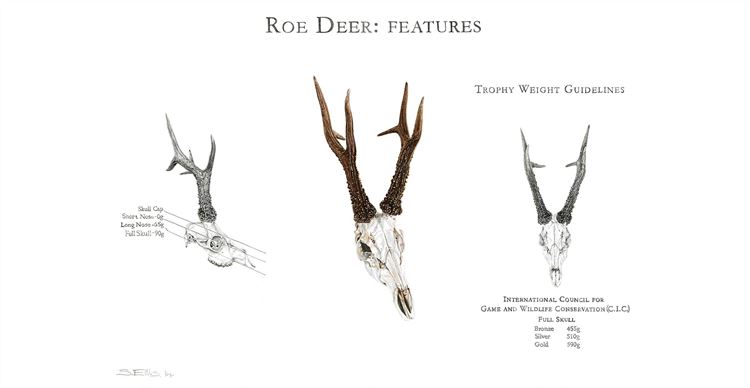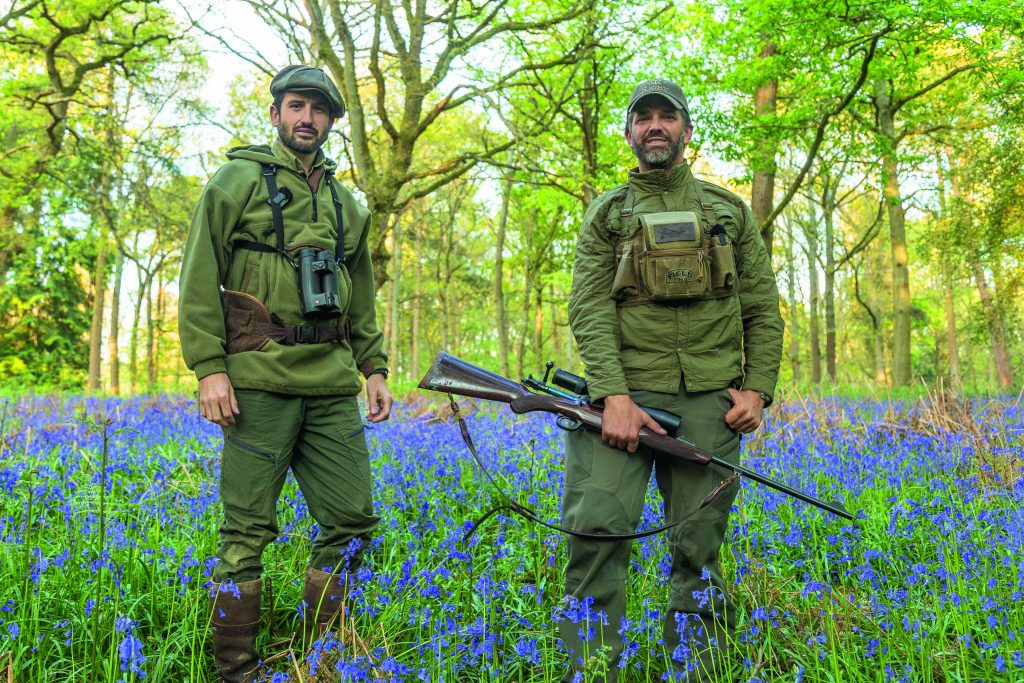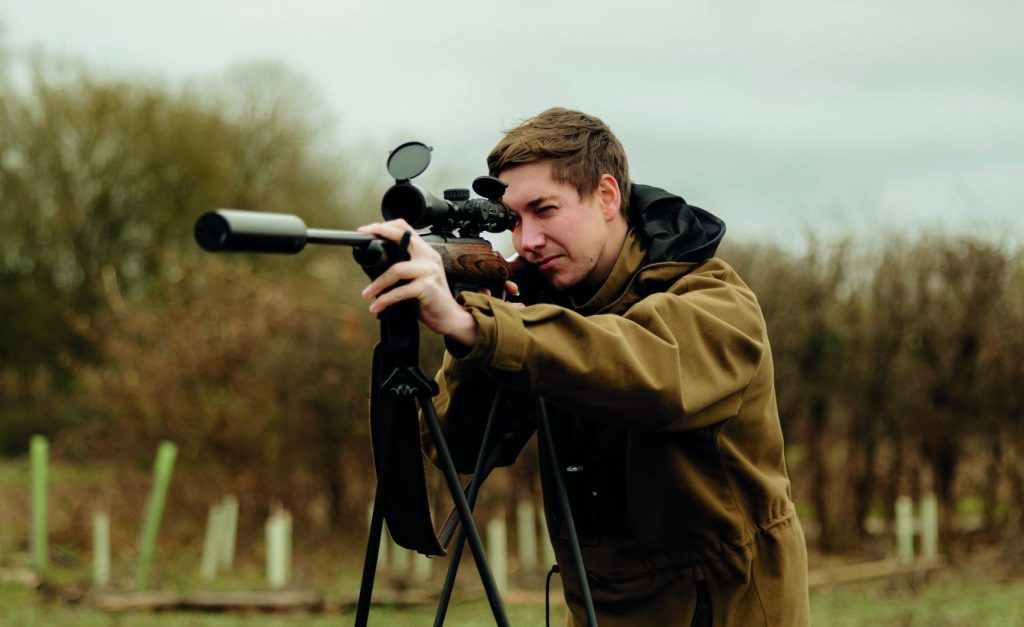Trophy measuring explained
An insight into the work of the CIC, trophy measuring and what those medals mean.

Some readers may well recognise the small gold medal shown above and be aware of the circumstances in which it is awarded. For many, the CIC medal is an official recognition and reminder of a memorable hunt – the trophy a fine by-product of an animal stalked and taken in the wild.
The CIC (an abbreviation from the French ‘Conseil International de la Chasse’) only really came to my attention in early 2010 when I approached their stand at a local country fair in Oxfordshire, carrying a bag full of roe and muntjac heads I had accumulated over the previous 15 years. I knew very little about the organisation, other than that they were the only official and globally recognised trophy measuring organisation and had been very active in the UK for many years. I later learned that trophy records were initially maintained through the 1960s and ’70s by the renowned stalker Edgar Barclay, and then jointly with Richard Prior who later took on sole responsibility for them.
However, little did I then realise that the CIC is far more than just an official trophy measuring body – it is also deeply involved in conservation work throughout the world. Founded in 1930 in Paris, the CIC has gained global recognition as an independent advisor on the conservation of wildlife resources and today has over 1,500 members in 86 countries across five continents.
A very real example of just one of the organisation’s achievements in the field of conservation was in the mid 1990s when they worked very closely with the Pakistan government to establish an innovative programme in an effort to help the markhor – a species of goat whose extinction was very much on the cards due to local meat hunting pressures. Through careful legislation and hunting management, the species recovered from the low hundreds across its range to one that is now off the IUCN critically endangered list, with a population estimated at more than 5,000 individuals. In addition, the CIC’s annual Markhor Award, inaugurated in 2008 and given to equally outstanding conservation projects around the world, is recognised as an internationally significant achievement for those who receive it. Today the CIC continues to be involved at the highest levels in international wildlife conservation as a voice for ethical hunting across the globe.
The UK CIC Trophy Evaluation Board has authority and responsibility for all trophy evaluation and recording in this country using the CIC formulae for the issue of the organisation’s gold, silver and bronze medals for heads which, after submission, receive a medal score. A CIC score carries international recognition as all heads are measured to the same formulae and this is one of the great strengths of their measuring system.
Following my initial encounter with CIC measurers, I came away with my interest aroused and determined to understand more about the scoring system and what was important in order to gain a high score. I also wanted to understand the rationale for awarding high scores and to better understand how the process works. I soon began to realise that the key element to a high CIC score for any of the UK deer species (with the exception perhaps of the Chinese water deer, but more on that later), is age.
I was, I confess, somewhat taken aback to receive a call last year from one of our senior UK international judges asking me if I would consider taking on the role of Head of the UK Trophy Evaluation Board. I was delighted to accept the task as it gave me the opportunity to benefit from the wisdom and experience of an array of measurers who have dealt with thousands of trophy heads and to try to learn from their experience. It also gave me the opportunity to become a certified CIC measurer of the UK’s six deer species – something which I greatly enjoy. There is, as I have discovered, so much to learn from the skull and teeth of a deer.
The database of trophies shot in the UK, which has been built by the CIC, is huge and growing every year. Hundreds of animals are measured annually, and all of the information acquired is stored and shared. In 2018, the UK CIC Trophy Evaluation Board measured 1,179 heads of a variety of species. What is abundantly clear is that age is paramount as it plays a key role in any animal being measured where weight is part of the scoring total. It is also clear that too often animals carrying what appears to be a trophy head are being shot at too young an age and, consequently, are not scoring as highly as they would have done if left for a further year or two.
I would encourage anyone who has the opportunity to manage deer properly to consider taking the time to really get to know their bucks and stags, for in that way one can begin to understand and appreciate their age profile. Personally, I record as many individuals as I can with photographs as this really enables me to know when an animal is starting to ‘go back’, i.e. it has passed its prime. That is when I decide that a ‘trophy’ head can be taken. For me the real pleasure is the knowledge that I have taken an old animal that has had the opportunity to pass on his genes, and if it earns a CIC medal then that is an added bonus.
The knowledge that we as trophy head measurers are trying to gain and share is good and effective management of the six UK deer species. An example of how we realise that questionable but well intended management practices are taking place relates to Chinese water deer. Far too many bucks have been achieving gold medal status, despite the fact that they were not old animals. This would indicate that the system is not functioning as it should, and work is now underway to see if changes need to be made in the scoring process to ensure that bucks of an appropriate age are taken as ‘medal heads’.
I would encourage any stalker who wishes to learn more about an animal they have taken to bring it in for measuring. The CIC UK Trophy Evaluation Board has its own dedicated website where one can obtain contact details of all the CIC measurers countrywide. There are now qualified measurers throughout most of the UK.
If you are scoring medal heads on your stalking ground then that is a substantial endorsement – one that shows you are managing the animals for their benefit and that of the surrounding area. Good deer management and trophy heads go hand in hand and the latter is a direct result of the former. Ultimately, to wish to achieve trophy heads is hugely positive and means you want to do the right thing by your deer.
Related Articles
Get the latest news delivered direct to your door
Subscribe to Fieldsports Journal
Elevate your experience in the field with a subscription to Fieldsports Journal, the premium publication for passionate country sports enthusiasts. This bi-monthly journal delivers unparalleled coverage of game shooting, fishing and big game across the UK and beyond.
Each issue offers a stunning collection of in-depth features, expert opinions and world-class photography, all presented in a timeless yet contemporary design.
Save 10% on shop price when you subscribe, with a choice of packages that work for you. Choose from Print & Digital or Digital only with each journal delivered directly to your door or via the app every other month, plus access to past issues with the digital back issue library.





